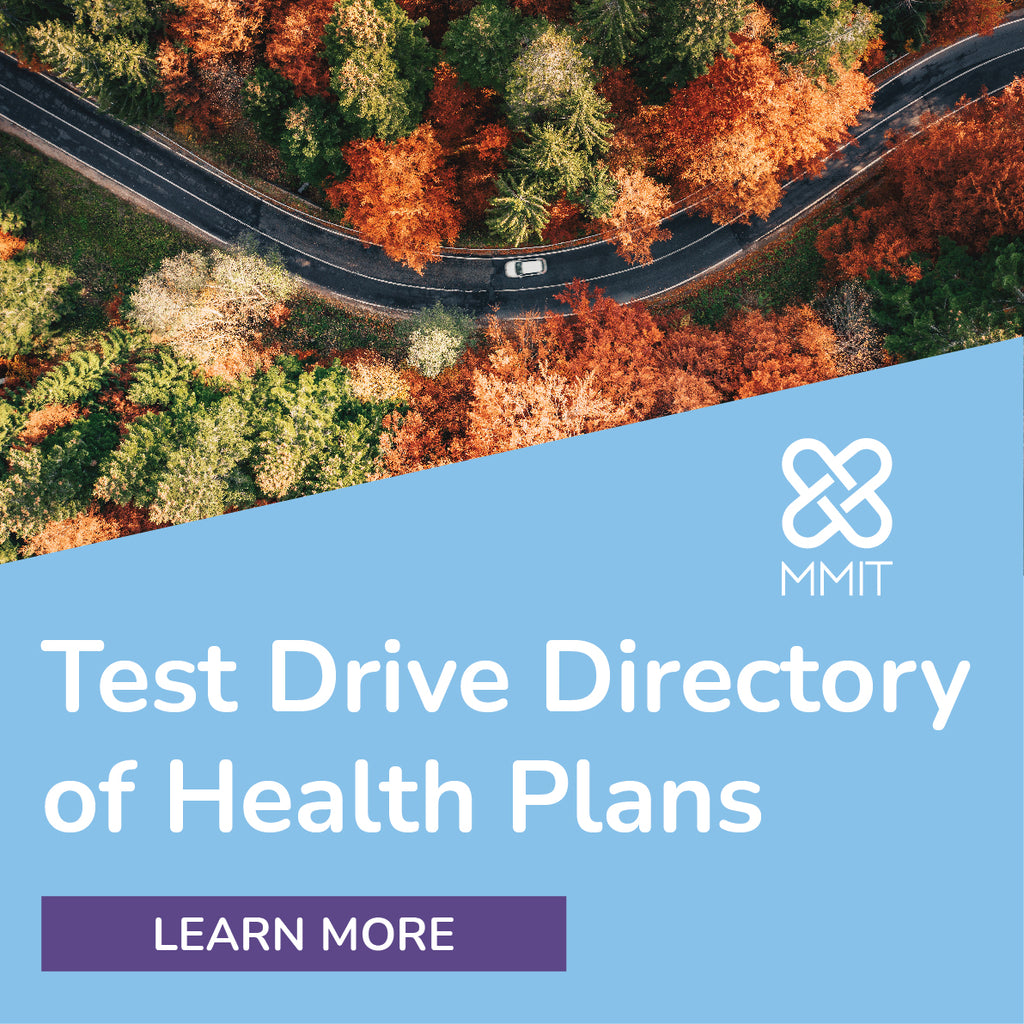Radar on Specialty Pharmacy
-
New FDA Approvals: FDA Gives Accelerated Approval to Mirati’s Krazati
Dec. 12: The FDA gave accelerated approval to Mirati Therapeutics, Inc.’s Krazati (adagrasib) for the treatment of adults with KRASG12C-mutated locally advanced or metastatic non-small cell lung cancer (NSCLC), as determined by an FDA-approved test (see below brief), who have received at least one systemic therapy. Dosing for the tablet is 600 mg twice daily. The drug is priced at $19,750 per month.
Dec. 12: The FDA approved two companion diagnostics for Krazati (see above brief): Agilent Technologies Inc.’s Agilent Resolution ctDx FIRST assay and Qiagen N.V.’s Qiagen therascreen KRAS RGQ PCR kit. A liquid biopsy next-generation sequencing assay, the Agilent test detects genomic alterations in circulating tumor DNA from plasma. The Qiagen test, first approved July 6, 2012, is a tissue-based assay.

-
News Briefs: FDA Requests Withdrawal of Pepaxto Marketing Authorization
The FDA has requested that Oncopeptides AB withdraw the U.S. marketing authorization for Pepaxto (melphalan flufenamide), the company revealed on Dec. 7. “We respect FDA´s accelerated approval regulations,” said CEO Jakob Lindberg in a statement. The FDA initially gave the therapy accelerated approval on Feb. 26, 2021, in combination with dexamethasone for the treatment of adults with relapsed or refractory multiple myeloma who have received at least four lines of therapy and whose disease is refractory to at least one proteasome inhibitor, one immunomodulatory agent and one CD38-directed monoclonal antibody. But then on Oct. 22, 2021, the company requested voluntary withdrawal of the peptide-drug conjugate’s New Drug Application (NDA). That was followed early in 2022 by Oncopeptides’ rescinding the letter requesting the NDA’s withdrawal based on “further review and analyses of the heterogenous Overall Survival data from the phase 3 OCEAN study and other relevant trials.” On Sept. 22, 2022, the FDA’s Oncologic Drugs Advisory Committee (ODAC) held a meeting to assess the drug’s risk/benefit profile; it voted 14-2 that the drug is not favorable for adults with relapsed or refractory multiple myeloma. Oncopeptides is commercializing the therapy in Europe, where it is known as Pepaxti, following its full approval on Aug. 18, 2022.
-
Collaboration Is Needed Among Stakeholders for Genetic Tests to Be Beneficial
As researchers gain growing insight into the mechanics of what makes diseases tick, more and more genetic tests are coming onto the market to help make sure the right patient gets the right drug at the right time. While these diagnostics can help inform diagnosis and treatment for patients, the sheer volume of these tests may be overwhelming payers in their coverage decisions. Stakeholders should work together to help establish the clinical utility that payers need to make coverage decisions on these diagnostics, industry experts say.
Daryl Pritchard, Ph.D., senior vice president of science policy at the Personalized Medicine Coalition (PMC), describes the landscape of coverage for genetic testing as “uneven. Payers are increasingly considering coverage and reimbursement of genetic testing products and services.” However, he tells AIS Health, a division of MMIT, “there remain significant challenges in establishing coverage policies and payment rates for diagnostic tests that reflect the value of their care. As a result, many newer novel diagnostics are under-reimbursed or not covered at all. Such practices ultimately restrict patient access to some needed tests and to optimal care. Coverage and reimbursement policies vary widely among different payers, and decision-making processes are often inconsistent and not transparent.”

-
More Cancer Indications With Accelerated Approval Are Being Withdrawn
Three more oncology indications given accelerated approval are being withdrawn from the U.S. market at the request of the FDA. Those mark just shy of 20 oncology indications and/or drugs that have been approved through that accelerated pathway and then subsequently retracted since 2020. While accelerated approval may be benefiting patients with nononcology indications, its track record for oncolytics is not quite as impressive, says one industry expert.
Most recently, Roche said on Nov. 29 that it was voluntarily withdrawing Tecentriq’s (atezolizumab) indication for the treatment of adults with locally advanced or metastatic urothelial carcinoma who are not eligible for cisplatin-containing chemotherapy and whose tumors express programmed death-ligand 1 or are not eligible for any platinum-containing chemotherapy regardless of PD-L1 status. The agency granted accelerated approval for that indication on April 17, 2017, to Roche’s Genentech USA, Inc. subsidiary.

-
Prime Studies Reveal Efficacy, Costs of Specialty Agents
Two recently published studies by Prime Therapeutics LLC shine a light on specialty drug costs. In the first, researchers found that a newer agent for cystic fibrosis is effective, but it is so costly that its related savings in health care services avoided do not offset its cost. The second study showed that a focused communication effort for a transition to a preferred infliximab biosimilar, among other strategies, has resulted in millions of dollars in savings in only the first three months after implementation of the strategy.
Posters on the studies were presented at the Academy of Managed Care Pharmacy (AMCP) Nexus meeting.












